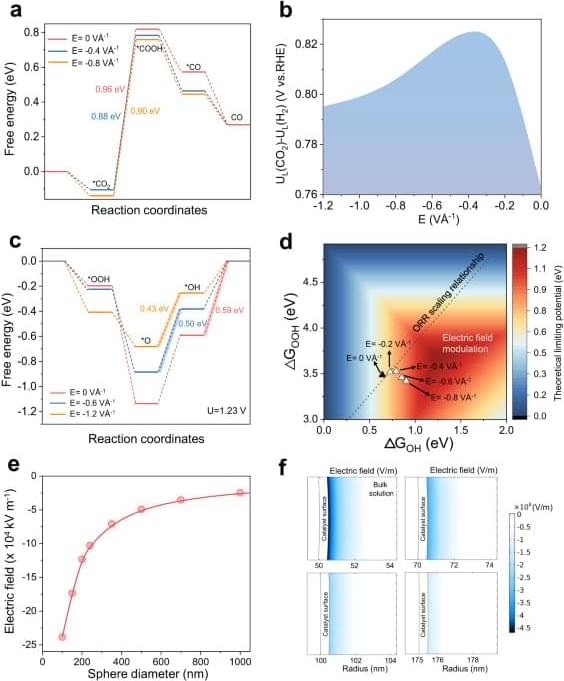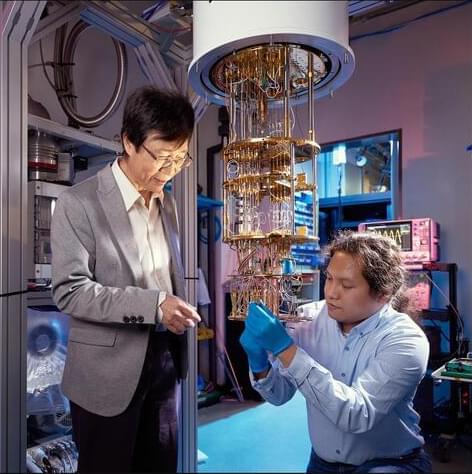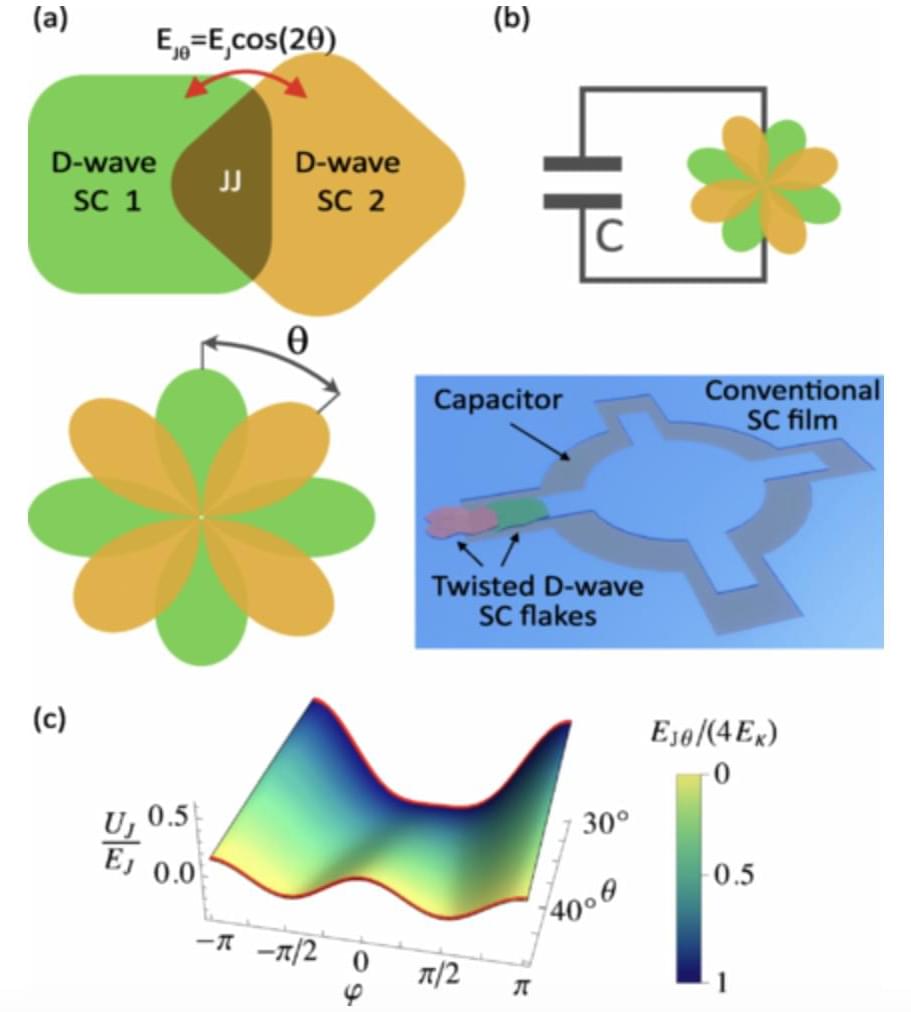Science news, physics, science, philosophy, philosophy of science.
Get the latest international news and world events from around the world.


Taiwan’s 5-Bit Superconducting Quantum Computer Goes Online
Academia Sinica has achieved a significant milestone in the field of computing with the successful development of a 5-bit superconducting quantum computer in Taiwan, marking a notable advancement in quantum technology. This accomplishment positions Taiwan as a key contributor to quantum computing research and development on the global stage.
In an interview with EE Times, Chii-Dong Chen, the principal investigator of Academia Sinica’s research team, emphasized the pivotal role of international collaboration in advancing Taiwan’s quantum technology research and development agenda.
Under the leadership of Chii-Dong Chen and with support from the National Science and Technology Council, Academia Sinica has demonstrated exceptional proficiency in pushing the boundaries of quantum computing technology. Through partnerships with various international teams, Taiwan has established academic collaborations to facilitate the exchange of knowledge and best practices, as well as provide access to resources, expertise and funding opportunities essential for driving innovation in quantum technology.


Strange Phase of Matter That Only Existed in Theory Turns Out to Be Real
A strange phase of matter that previously existed purely in the realm of theory has finally been detected in a real material.
It’s known as the Bragg glass phase – a strange, seemingly paradoxical arrangement of atoms in a glass material where the particles are nearly as ordered as those in a perfect crystal. Scientists weren’t even sure Bragg glass existed, but there it was, hiding in an alloy of palladium inserted between layers of terbium and tellurium (PdxErTe3).
The discovery, led by physicist Krishnanand Mallayya of Cornell University and published in Nature Physics, not only sheds light on the way materials can behave but demonstrates a powerful new set of techniques for probing the atomic structures of exotic materials.

When Giants Collide: Unraveling the Mysteries of Supermassive Black Holes
Manuela Campanelli to lead research team studying electromagnetic signals from merging supermassive black holes.
Rochester Institute of Technology scientists will be the lead researchers on a $1.8 million NASA grant to study electromagnetic signals from merging supermassive black holes.
RIT’s Manuela Campanelli, Distinguished Professor in the School of Mathematics and Statistics and director of the Center for Computational Relativity and Gravitation, will lead the collaborative project with help from Yosef Zlochower, professor in the School of Mathematics and Statistics. The project will also include researchers from the University of Idaho, Johns Hopkins University, and the Goddard Space Flight Center.


Lithography Leader ASML Hyper-NA is Next Step in Smaller Transistors. 2.9X Density
High NA EUV is the next step in smaller transistors. Like NXE systems, it uses EUV light to print tiny features on silicon wafers. And by turning the NA knob, we deliver even better resolution: The new platform, known as EXE, offers chipmakers a CD (critical dimension) of 8 nm. That means they can print transistors 1.7 times smaller – and therefore achieve transistor densities 2.9 times higher – than they can with NXE systems.
Above – High NA EUV mirror testing at ZEISS (Credit: ZEISS SMT)
EUV lithography allowed us to make a big turn of the wavelength knob. It uses 13.5 nm light, compared to 193 nm for the highest-resolution DUV systems. The first pre-production EUV lithography platform, the NXE, shipped in 2010 and delivered a drop in CD (critical dimension) from more than 30 nm in DUV down to 13 nm with EUV.

